
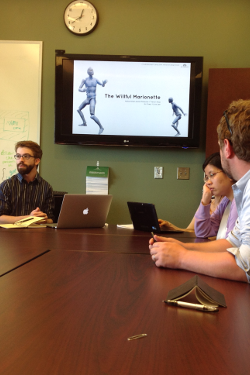
Itis6420
security, privacy
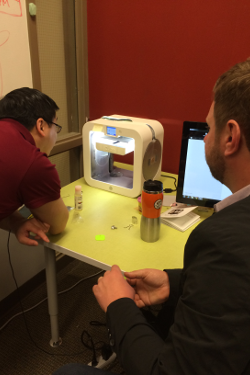
Itis6410
recommender, personalization
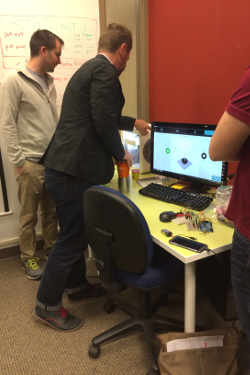
Itis6400
interaction, human
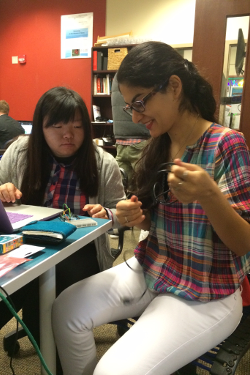
Itis6362
ethics, policy, security, inforamtion
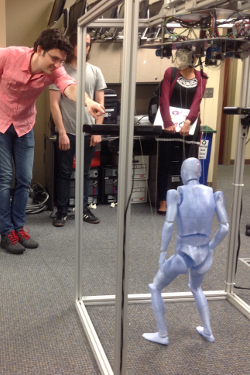
Itis6360
design, evaluation, user

Itis6350
prototype, rapid
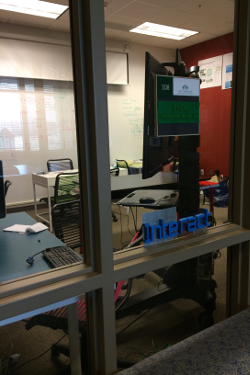
Itis6216
cognitive
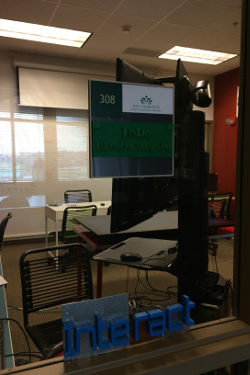
Itis6011
interaction, design, gesture, tangible
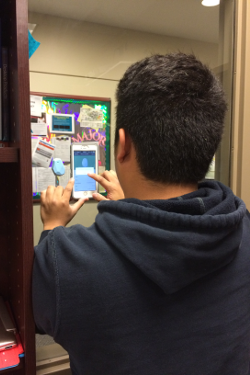
Itcs6140
visualization, data
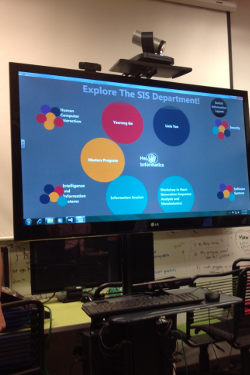
Itcs6126
information, visualization

Cross-listed as ITIS 8420. Prerequisite: ITIS 6200. Much of the work into security and privacy solutions ignore a critical element: the human who must interact with those solutions. In this course, we investigate privacy and security from a user-centered point of view. How do people think about privacy and security? How do they interact with current applications and solutions? What should be considered in designing user-friendly security systems? This course introduces students to a variety of usability and user interface issues related to privacy and security as well as examine potential designs and solutions. (On demand)

An introduction to the application of personalization and recommender systems techniques in information systems. Topics include: historical, individual and commercial perspectives; underlying approaches to content-based and collaborative recommendation techniques for building user models; acceptance issues; and casestudies drawn from research prototypes and commercially deployed systems.

Cross-listed as HCIP 6350. Prerequisite: Full graduate standing, or permission of department. An introduction to Human-Computer Interaction practice and research. Topics include: the perceptual, cognitive, and social characteristics of people, as well as methods for learning more about people and their use of computing systems. The process of interface design, methods of design, and ways to evaluate and improve a design. Also highlights a number of current and cutting-edge research topics in Human-Computer Interaction. A balance of design, sociological/psychological, and information systems elements. (Spring)

Prerequisite: Permission of department Management of Information technology involves understanding the broader issues of ethics, policy and security. The growth in Internet usage and E-commerce require IT professionals to consider issues pertaining to data protection, regulation, and appropriate use and dissemination of information. The course is designed to be team-taught by professionals in the field. (Fall)

Designed to teach the user-centered design and evaluation process. In particular, students gain hands-on experience with the process of interface design, methods of design, and ways to evaluate and improve the design of interactive software applications in a course-long project. Students learn how to employ techniques which ensure that end-users are fully considered at all stages of the design process, from inception to implementation. Assignments involve planning, designing, and conducting studies to learn about user needs; developing the protocols and instruments for data collection; brainstorming, prototyping, and refining interactive solutions for a user problem; and designing and executing user evaluations of interactive software interfaces.

Designed to teach the Rapid Prototyping Design Patterns process. An active learning course designed to expose students to the many forms of rapid prototyping software and devices. The focus is on the use of common design patterns and how to represent them quickly and inexpensively for the purpose of allowing many rapid design iterations prior to the coding of solutions. This course can be considered a communication course where communication between designers and developers occurs through prototyped artifacts and accompanying documentation. Design patterns can be considered the vocabulary of interaction and interface design, and so learning this vocabulary is an important aspect of the course. Prototyping in this course spans all types of devices and platforms: desktop, mobile, web, tabletop, tablet, etc. The theory of rapid prototyping is covered in video lectures that are consumed as part of the student's preparation outside of class. Class time is devoted to hands-on practice of the various rapid prototyping methods. Assignments involve applying the techniques learned in class to a variety of problem spaces and platforms, and the peer-critique of other student's designs. Evaluation is based on both understanding of the theory and on the methodological skills gained, as demonstrated through the individual or paired assignments. Students are also be expected to write a scholarly article that examines some aspect of prototyping as a part of the design process.

Multiple perspectives on the study of intelligent systems. Broad coverage of such topics as philosophy of mind; human memory processes; reasoning and problem solving; artificial intelligence; language processing (human and machine); neural structures and processes; and vision. Also included is participation in the cognitive science seminar.

Prerequisites: graduate standing, or permission of department. This course is a studio approach to teaching topics in interaction design. Aspects of interaction design taught in the studio include: gesture-based interaction, tangible interaction, large public display interaction, tabletop interaction, multi-touch tablet interaction, and human-robot interaction. In this course students will learn how to apply a theoretical understanding of some aspect of interaction design to the study of existing designs and the development of a new design. Outcomes include writing a literature review about interaction design, executing users studies and critiques of existing designs, and developing and implementing a new interaction design for a specific purpose. This course is repeatable for credit. (Spring)

Emphasis on the methodology and application of data visualization to scientific and engineering data; data types and models; visualization methods; volume visualization; scalar, vector and tensor fields; multivariate visualization; visualization systems and models; visualization applications; visualization software and hardware; research issues; and future trends.
